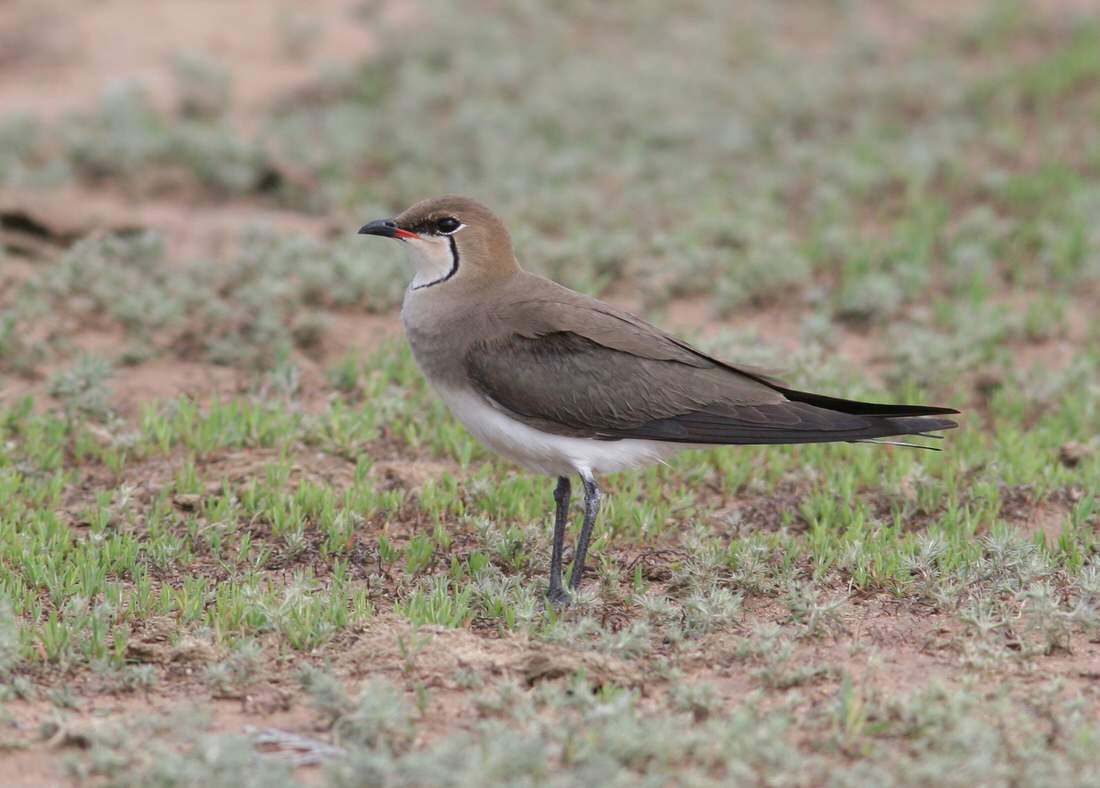Afghanistan – Armenia – Azerbaijan – Bahrain – Cyprus – Egypt – Georgia – Iran – Iraq – Israel – Jordan – Kazakhstan – Kuwait – Kyrgyzstan – Lebanon – Oman – Qatar – Saudi Arabia – South West Russia – Syria – Tajikistan – Türkiye – Turkmenistan – United Arab Emirates – Uzbekistan – Yemen

Capital: Tbilisi
Area: 69,700 km2
BirdLife International partner: Society for Nature Conservation (SABUKO)
Total number of bird species: 296
Globally threatened bird species: 15
Country endemics: 0
Important bird and biodiversity areas: 31 IBAs with a total area of 14,330 km2
Rare birds committee: There is currently no rare birds committee in Georgia.
Specialties:
Caucasian Grouse, Caucasian Snowcock, Caspian Snowcock, Black Francolin, Eastern Imperial Eagle, Little Bustard (winter), Güldenstädt’s Redstart, Great Rosefinch
Ornithological interest:
Georgia is located in the middle of the Caucasus, a region which is rich in biodiversity, and the country is a hotspot for endemic species typical of both the Lesser and Greater Caucasus mountain systems. In addition, the vast steppes in the east are home to many threatened species and are a major wintering ground for bird populations originating from Siberia and Kazakhstan. Georgia also sits at the centre of the main migration route between Eurasia and Africa, with over a million raptors recorded every autumn at Batumi alone, and huge numbers of passerines and waterfowl are regularly observed at coastal wetlands.
Along with the specialities listed above, Georgia is an excellent country to see Steppe and Greater Spotted Eagles, Pallid Harriers, Red-footed Falcons, Demoiselle Cranes and Black-winged Pratincoles as they migrate through the country in substantial numbers. Batumi is one of the most amazing migratory bottlenecks in the world. Winter brings large flocks of Little Bustards, Great Black-headed Gulls can be numerous on some wetlands, and flocks of passerines contain rarities such as Pine Buntings.
The Chorokhi Delta IBA is especially productive, especially between April and June when large flocks of Northern Lapwings and Eurasian Golden Plovers rest on the swamplands and meadows north of the Chorokhi River. Eurasian Bitterns can also be found, along with Great, Common and Jack Snipe. The southern part of the delta has large reedbeds and associated habitats. Rose-coloured Starlings are present along with high numbers of breeding Barred and Eastern Olivaceous Warblers. Great Reed Warbler and Great and Lesser Grey Shrikes are common and can be seen daily. Depending on the time of year, the delta also holds Moustached, Booted and Sardinian Warblers, Bearded Reedling, Armenian Gull, Black-winged Pratincole, Red-necked Grebe and Red-throated Diver. Common Eiders have been seen here recently too. In the mountains of Ajara, birders can find Cinereous, Eurasian Griffon and Egyptian Vultures and Lammergeier, along with Caspian Snowcock and Caucasian Grouse. A small island in Khozafini Lake in the Javakheti National Park in southern Georgia has several pairs of breeding Dalmatian Pelicans.
Best times to visit:
The endemics of the Greater Caucasus descend to the valleys between November and March and other wintering species include Great Black-headed Gull, Little Bustard and Pine Bunting. March to May and August to October are best for migration and the spectacle of huge numbers of raptors at Batumi and Kazbegi. May through to June is the best time for breeding birds.
Essential reading:
Svensson L, Mullarney K, Zetterström D, Grant P (2010) Collins Bird Guide, HarperCollins, UK.
A good overview of the best sites is available at Batumi Birding.
Trip report links:
3-16 December 2019 – Georgia and Azerbaijan
Compilers:
Aslan Bolkvadze, Natia Javakhishvili and Brecht Verhelst
